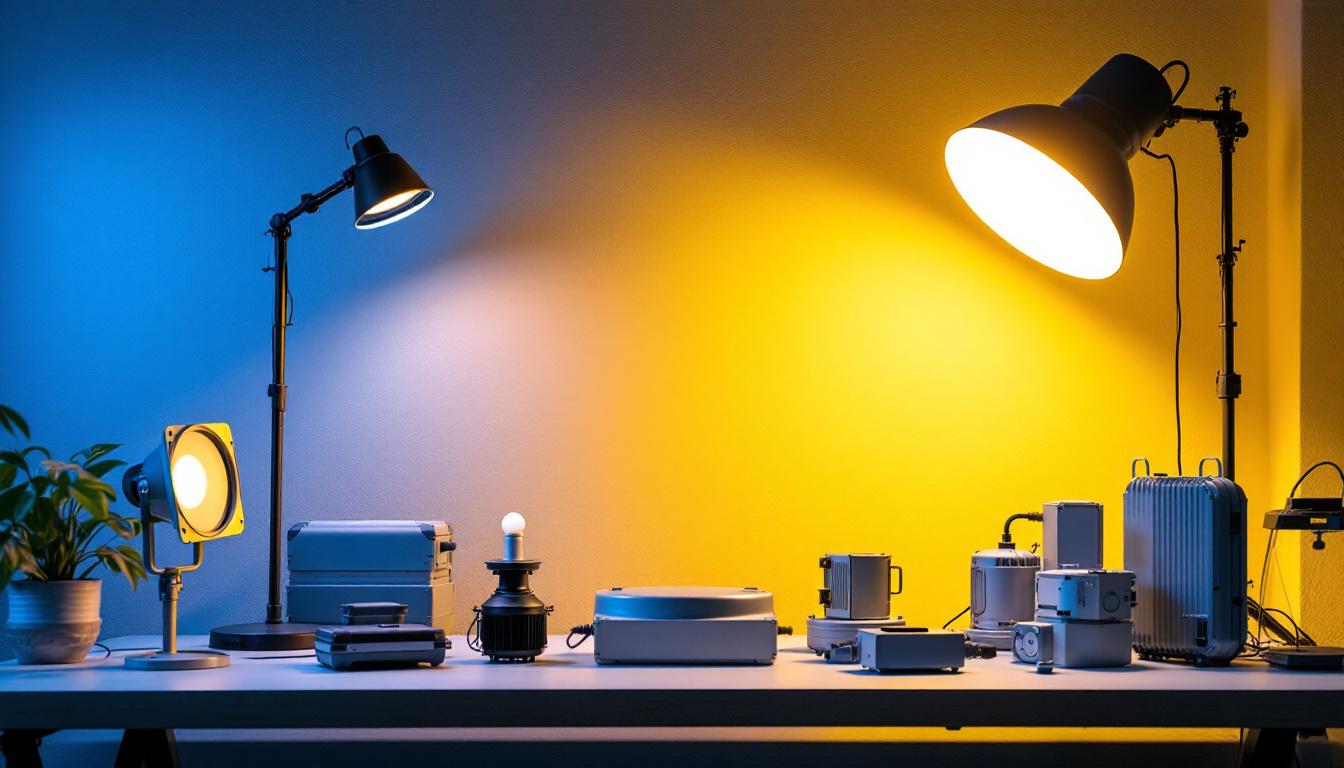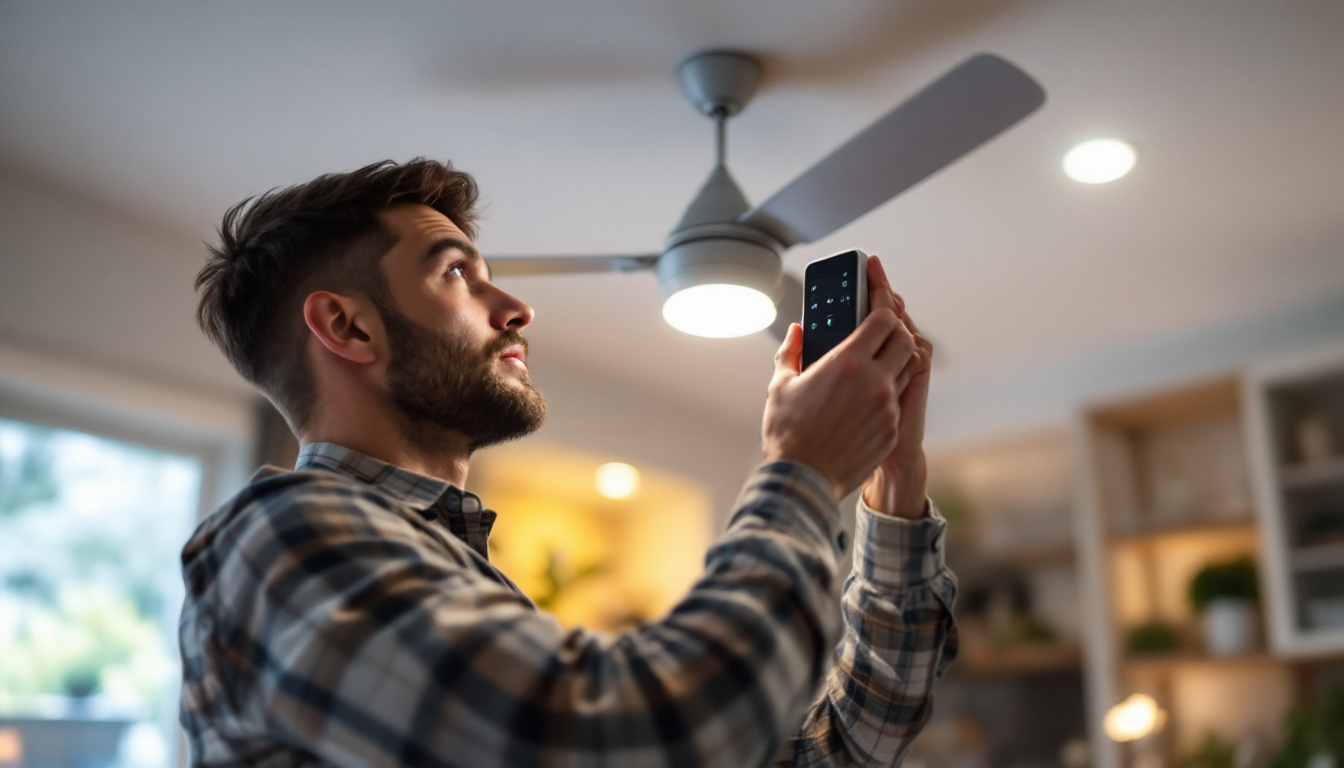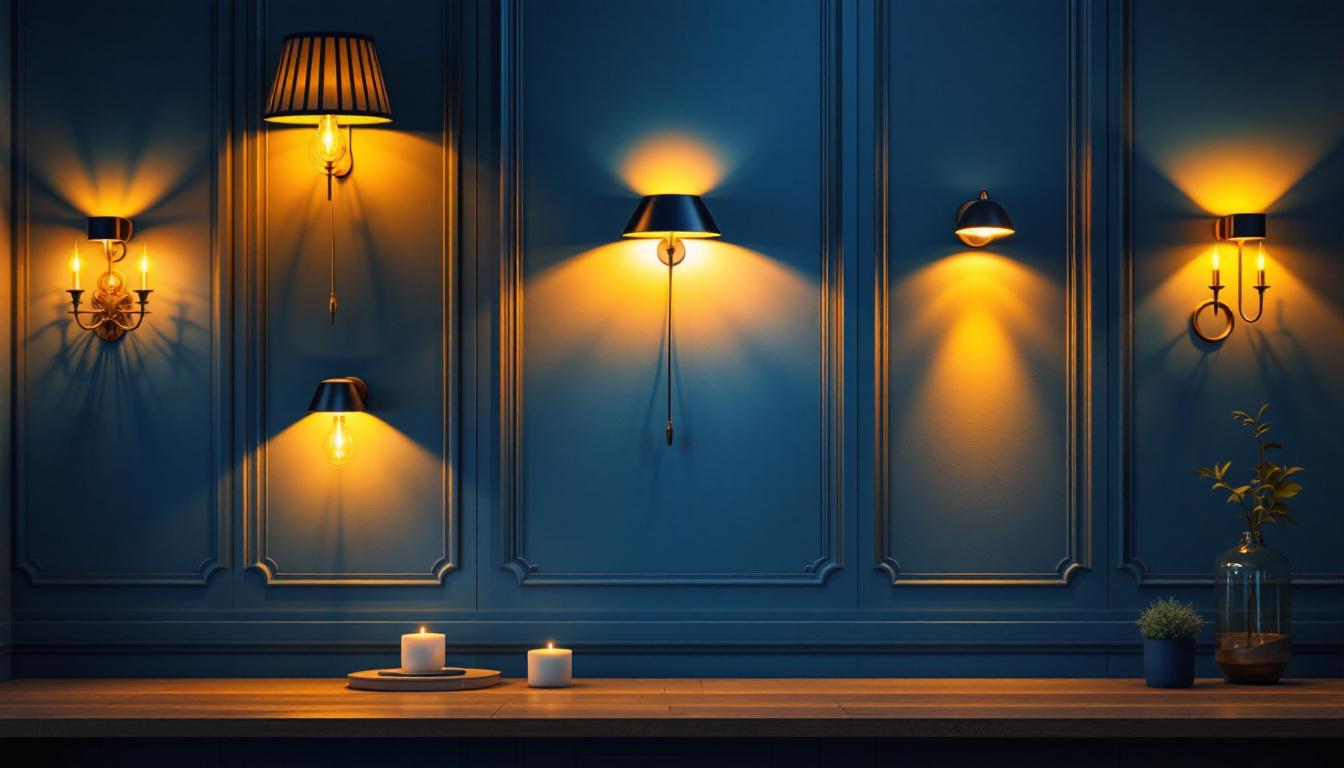
In the realm of lighting design and installation, the term “ballast” often surfaces, yet its significance is frequently underestimated. A ballast is an essential component in various lighting systems, particularly in fluorescent and HID (high-intensity discharge) fixtures. Understanding the role of a ballast can enhance project efficiency, improve energy consumption, and extend the lifespan of lighting installations. This article delves into the function of ballasts, their types, and their impact on lighting project efficiency.
A ballast serves as a regulator for the electrical current flowing to the light source. It ensures that the lamp receives the appropriate voltage and current, which is crucial for the lamp’s operation. Without a ballast, the electrical current would surge uncontrollably, potentially damaging the lamp and leading to premature failure.
One of the primary functions of a ballast is to regulate voltage. When a fluorescent lamp is first turned on, it requires a high voltage to initiate the arc between the electrodes. Once the lamp is lit, the ballast reduces the voltage to a level that maintains the light output without causing damage. This process is vital for the longevity and reliability of the lighting system. Furthermore, advanced electronic ballasts are designed to provide a more stable output, which can significantly enhance the color rendering and brightness of the light, making it more suitable for various applications, from residential to commercial settings.
In addition to voltage regulation, a ballast limits the amount of current that flows through the lamp. This is particularly important because excessive current can lead to overheating and eventual failure of the bulb. By controlling the current, a ballast not only protects the lamp but also ensures consistent performance and energy efficiency. Moreover, modern ballasts are often equipped with features that allow them to adjust current levels based on the ambient temperature and other environmental factors, further optimizing energy use and extending the lifespan of the lighting system.
Many ballasts also provide a starting mechanism for the lamp. In fluorescent lighting, for instance, the ballast generates a high initial voltage to ignite the gas within the tube. This starting aid is crucial for ensuring that the lamp lights up quickly and efficiently, reducing flickering and enhancing the overall user experience. Additionally, some ballasts incorporate smart technology that can detect lamp failure or flickering, allowing for proactive maintenance and reducing downtime. This innovation not only improves the reliability of the lighting system but also contributes to energy savings by ensuring that only functioning lamps are powered.
There are several types of ballasts available, each designed for specific lighting technologies. Magnetic ballasts, once the standard, are known for their durability and simplicity but can be less energy-efficient compared to their electronic counterparts. Electronic ballasts, on the other hand, offer a range of benefits, including lighter weight, quieter operation, and improved energy efficiency. They can also support dimming capabilities, allowing users to adjust light levels according to their needs. Understanding the differences between these types can help consumers make informed choices about their lighting systems, ensuring they select the most appropriate ballast for their specific applications.
There are several types of ballasts available, each designed for specific applications and lighting technologies. Understanding these types can help contractors select the most appropriate ballast for their projects, ultimately enhancing efficiency and performance.
Magnetic ballasts are the traditional type of ballast, commonly used in older fluorescent lighting systems. They utilize electromagnetic coils to regulate voltage and current. While they are generally reliable, magnetic ballasts tend to be less energy-efficient and can generate more heat compared to their electronic counterparts. Additionally, they may produce a noticeable hum, which can be undesirable in certain environments. Despite these drawbacks, magnetic ballasts are known for their durability and longevity, often lasting for years without needing replacement. They are also less sensitive to power fluctuations, making them a preferred choice in certain industrial settings where electrical stability is a concern.
Electronic ballasts have gained popularity due to their enhanced efficiency and performance. They use electronic circuits to control the current and voltage supplied to the lamp. This type of ballast offers several advantages, including reduced energy consumption, quieter operation, and improved light quality. Furthermore, electronic ballasts can support a wider range of dimming options, making them ideal for applications requiring adjustable lighting levels. Their compact design also allows for easier installation in tight spaces, and they often come with features like rapid start and flicker-free operation, which contribute to a more pleasant lighting experience. As energy efficiency regulations become stricter, the shift towards electronic ballasts is likely to continue, making them a more sustainable choice for modern lighting systems.
With the rise of smart technology in lighting, smart ballasts have emerged as a cutting-edge solution. These ballasts can communicate with other smart devices, enabling features such as remote control, scheduling, and energy monitoring. By integrating smart ballasts into a lighting system, contractors can enhance energy efficiency and provide clients with a more flexible and user-friendly experience. Additionally, smart ballasts can be programmed to adjust lighting based on occupancy or natural light levels, further optimizing energy use. This adaptability not only contributes to cost savings but also supports sustainability initiatives by reducing overall energy consumption. As the Internet of Things (IoT) continues to evolve, the integration of smart ballasts into commercial and residential lighting systems is expected to become increasingly common, paving the way for innovative lighting solutions that prioritize both efficiency and user comfort.
The choice of ballast can significantly influence the overall efficiency of a lighting project. By selecting the right ballast, contractors can optimize energy consumption, reduce maintenance costs, and enhance the lifespan of lighting fixtures. Here are some key areas where ballasts contribute to project efficiency.
One of the most immediate benefits of using the appropriate ballast is energy savings. Electronic and smart ballasts consume less energy than traditional magnetic ballasts. This reduction in energy use not only lowers utility bills for clients but also contributes to a more sustainable approach to lighting design. In an era where energy efficiency is paramount, the selection of an efficient ballast can make a significant difference.
By regulating voltage and current, ballasts help extend the lifespan of lighting fixtures. Properly functioning ballasts prevent overheating and overcurrent situations that can lead to early lamp failure. This longevity translates to fewer replacements and lower maintenance costs over time, providing a compelling argument for investing in quality ballasts.
The type of ballast used can also affect the quality of light produced. Electronic ballasts, for example, provide a more stable light output with less flicker compared to magnetic ballasts. This improved light quality not only enhances the aesthetic appeal of a space but also contributes to a better working environment, which can boost productivity and overall satisfaction.
Selecting the right ballast involves considering various factors, including the type of lighting, the specific application, and the desired efficiency outcomes. Here are some guidelines to help contractors make informed decisions.
Before choosing a ballast, it is essential to assess the lighting requirements of the project. Different applications may require different light levels, color temperatures, and dimming capabilities. Understanding these requirements will help in selecting a ballast that aligns with the project’s goals.
Contractors should prioritize energy-efficient ballasts, particularly in commercial projects where energy costs can be substantial. Look for electronic or smart ballasts that offer high efficiency ratings. Additionally, consider the potential for rebates or incentives from utility companies for using energy-efficient products, which can further enhance project viability.
If retrofitting an existing lighting system, compatibility is a crucial consideration. Ensure that the selected ballast is compatible with the existing fixtures and lamps. This compatibility will help avoid complications during installation and ensure optimal performance of the lighting system.
The lighting industry is continually evolving, and ballast technology is no exception. As energy efficiency and smart technology become increasingly important, several trends are emerging that may influence future ballast designs.
As smart lighting systems gain traction, the integration of ballasts with these technologies will become more prevalent. This integration allows for advanced features such as automated dimming, occupancy sensing, and remote management. Contractors should stay informed about these advancements to offer clients the latest in lighting technology.
Sustainability is a growing concern in all areas of construction, including lighting. Future ballast designs may focus on using recyclable materials and reducing environmental impact. Additionally, energy-efficient ballasts that contribute to lower carbon footprints will likely become the standard in the industry.
As technology advances, performance metrics for ballasts will likely become more sophisticated. Expect to see improvements in energy efficiency ratings, lifespan estimates, and light quality assessments. Contractors should keep abreast of these developments to ensure they are specifying the best products for their projects.
Understanding the role of ballasts in lighting systems is essential for contractors aiming to enhance project efficiency. By selecting the right type of ballast, contractors can optimize energy consumption, improve light quality, and extend the lifespan of lighting fixtures. As technology continues to evolve, staying informed about the latest advancements in ballast design will be crucial for maintaining a competitive edge in the industry.
Incorporating energy-efficient and smart ballasts into lighting projects not only benefits clients through reduced costs and improved performance but also contributes to a more sustainable future. As the demand for efficient lighting solutions grows, the importance of understanding and utilizing ballasts effectively will only increase.
Ultimately, the right ballast can transform a lighting project from ordinary to exceptional, paving the way for enhanced efficiency, sustainability, and satisfaction for both contractors and clients alike.
Ready to elevate your lighting projects with the most efficient ballasts on the market? Look no further than LumenWholesale, where we specialize in providing contractors with high-quality, spec-grade lighting products at unbeatable wholesale prices. Say goodbye to local distributor markups and hello to our extensive selection that meets the highest industry standards. With LumenWholesale, you’ll enjoy the convenience of bulk buying with free shipping, ensuring you get the best value without any hidden fees. Make your next project exceptional with the perfect blend of quality, affordability, and convenience. Wholesale Lighting at the Best Value is just a click away.

Discover the essential facts about ceiling fan controllers that every lighting contractor needs to know.

Discover the secrets to flawless makeup application with expert tips from lighting contractors.

Discover the ultimate Cmh lamp guide for lighting contractors, with expert tips, industry stats, and best practices to enhance your projects—boost efficiency today!.

Discover expert tips and best practices for selecting and installing wall light fixtures from seasoned lighting contractors.